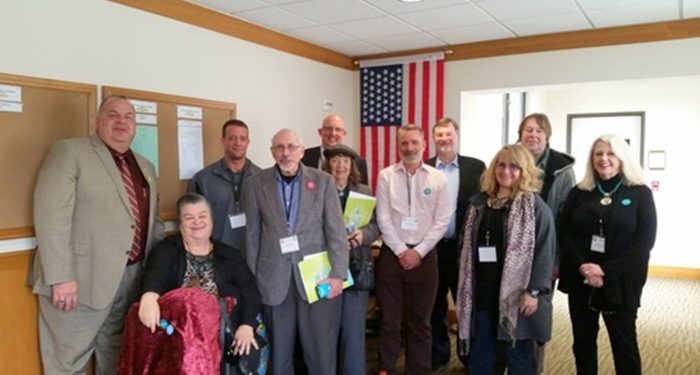Astoria, OR – The Sunset Empire Transportation District is moving forward with a new microtransit pilot program, aimed at improving transportation access for underserved communities in the region. The program, supported by a $50,000 grant from Providence Health & Services, seeks to address gaps in the existing public transit system, which has been struggling to meet demand following a financial collapse in spring 2023.
Microtransit is a flexible, on-demand service that allows passengers to schedule rides through a mobile app, offering an alternative to traditional fixed-route bus services. The program is designed to serve people who may not be able to access regular bus routes, including older adults, individuals with disabilities, people without cars, students, and those working nontraditional shifts.
Jennifer Geisler, the district’s Chief Operations Officer, noted that the district’s services have not yet returned to pre-crisis levels since the 2023 shutdown. She also pointed out that there are communities that the district has never fully reached. Geisler believes microtransit can play a crucial role in bridging these gaps, especially in rural and underserved areas.
“Even after and especially after the shutdown and coming back into service, we aren’t meeting what we used to do,” Geisler said. “And then there are also other parts of our community that we have never reached or still don’t reach at all. Microtransit does offer efficient, shorter trips in those underserved or unserved areas.”
The idea for the microtransit program emerged after the district observed real-world challenges facing the community, such as students in Cannon Beach struggling to attend classes at Clatsop Community College due to gaps in the bus schedule. Jason Jones, the district’s mobility manager, cited other cases where individuals had to spend hours traveling to appointments in Astoria from neighboring towns, despite their destinations being only a short distance away.
The microtransit pilot program aims to address these challenges and provide greater mobility to people who need it most. The program will start with just five participants in Seaside, an area where the district’s bus services experience several-hour layovers in the middle of the day. Participants will initially be able to schedule one ride per week, with plans to gradually expand the program to about 20 participants as it progresses. The service will rely on existing paratransit vehicles and drivers, though participants won’t be required to meet the same eligibility criteria as regular paratransit riders.
Over the course of the year, Geisler and Jones plan to refine the program, develop operational policies, and explore additional funding sources to expand its reach. The district is hopeful that microtransit will become an affordable and reliable option for residents who have difficulty accessing traditional public transit.
Jones emphasized that the program’s affordability is a key priority. “A taxi ride will cost them $15 to $20 one way,” he said. “This will help those people who cannot access our system, especially older adults and people with disabilities.”
The district also sees the pilot as a way to reconnect individuals to their community. “When we deal with people who have not been able to get to the fixed route, who are really looking to access their community, some of them are desperately trying to access their community,” Jones said. “This is going to give them that opportunity to do that and to explore more of the horizons for them.”
Geisler and Jones hope that, as the program evolves, it will become an integral part of the district’s strategy for rebuilding and improving transportation services across the region. The pilot program represents a step toward more accessible, equitable transit options for all, with long-term goals to scale the service and attract additional funding to make microtransit a sustainable solution for the district’s most vulnerable residents.














